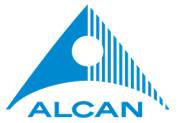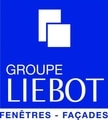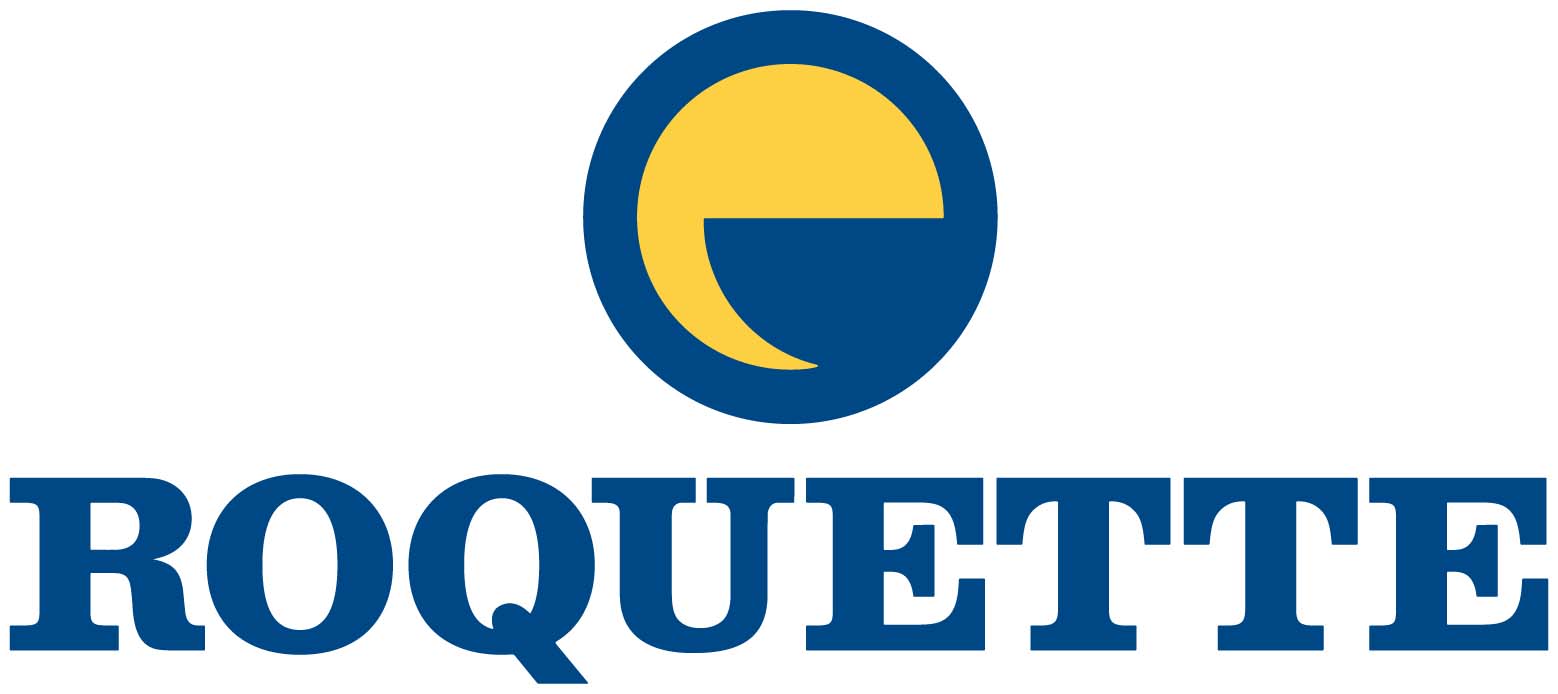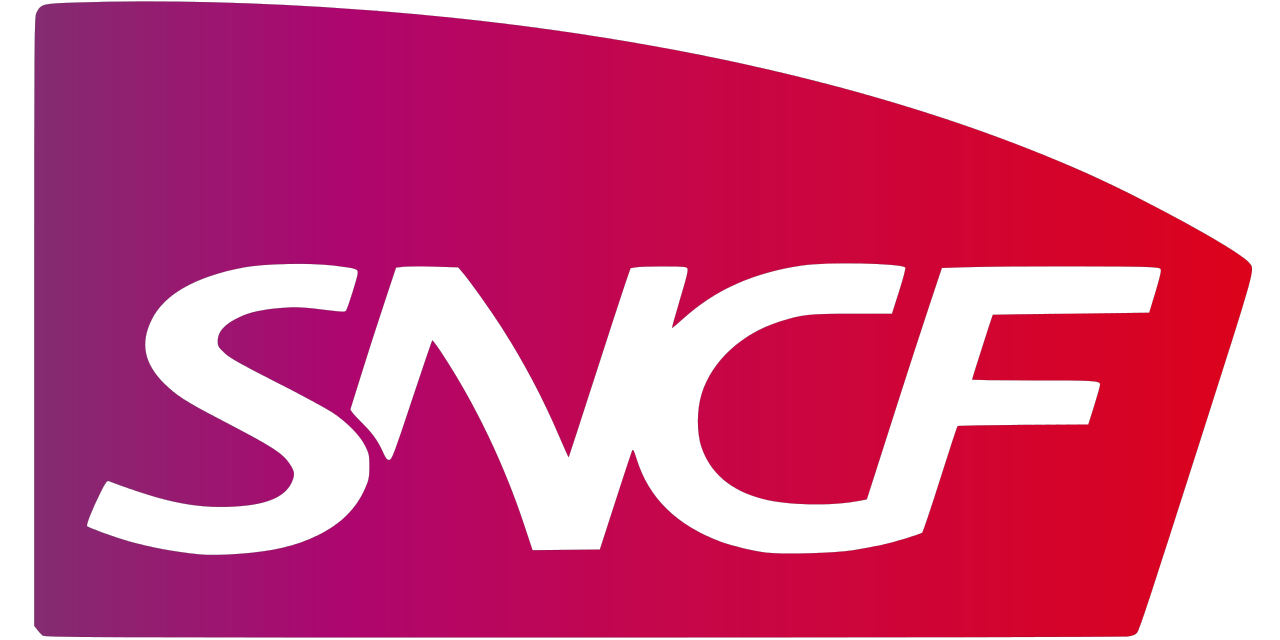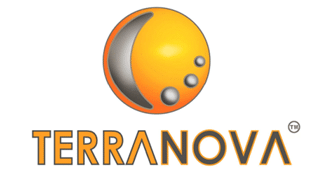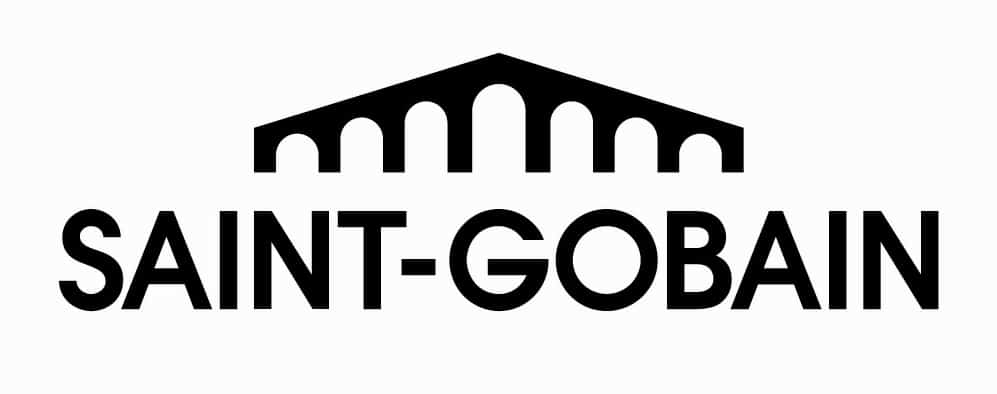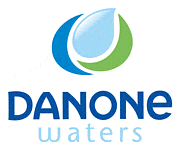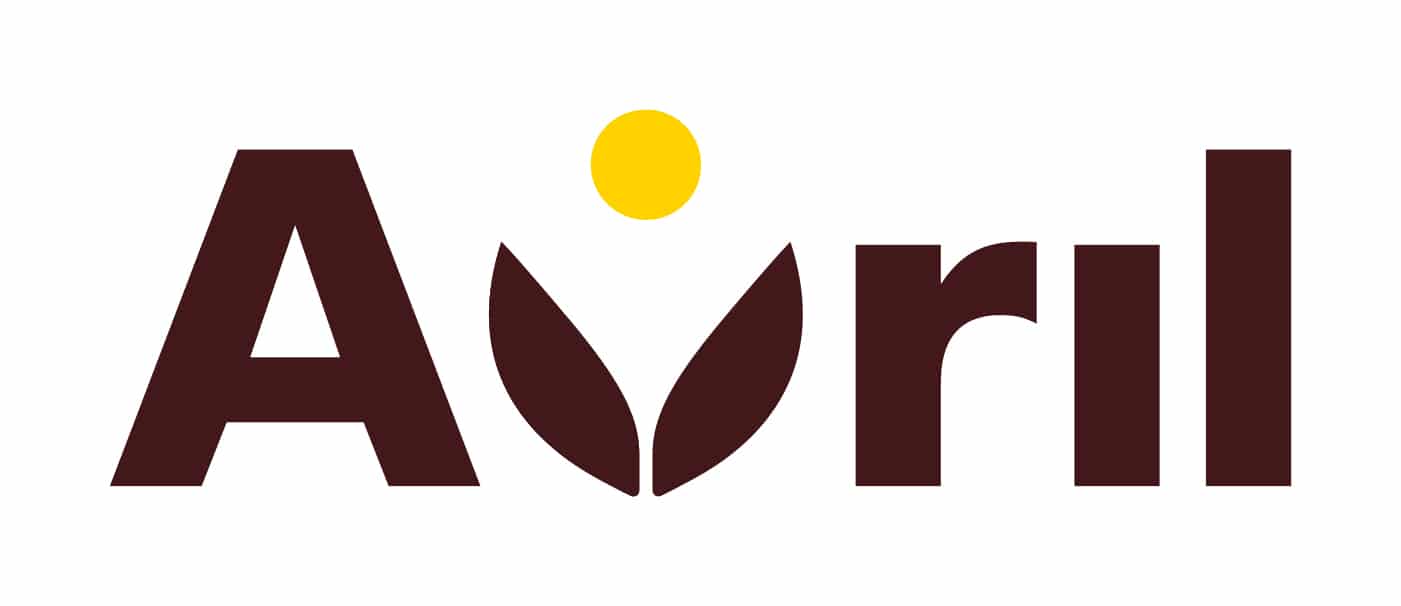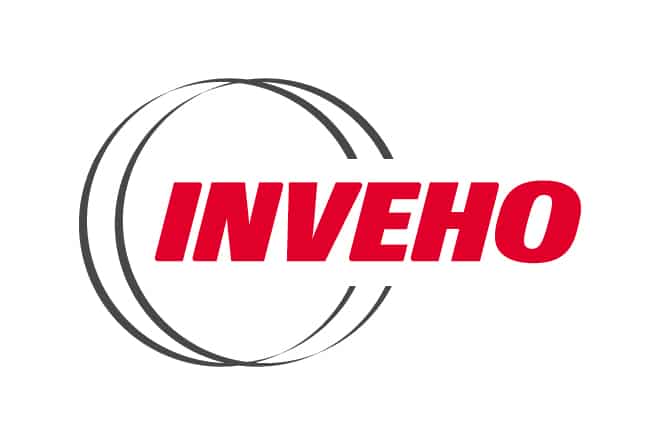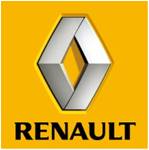Our positioning in manufacturing
Our missions support all of the company's management functions, carve-outs, mergers, acquisitions and business disposals. Thus, our contacts are systematically the general management, the finance or management control departments, as well as performance or transformation departments. Information systems departments are also privileged contacts in this context, in particular when
choosing and
implementing ERP or any other software solution.
Our clients are companies of all sizes from SME to medium-sized companies and large group.
At Akeance, the emphasis of a so-called "manufacturing" sector is due to a particular skill, namely "
the cost price". Indeed, the analysis, control or implementation of a price calculation relies on specific skills that we acquired in terms of knowledge and experience. These specific skills allow us to "flatten” calculation methods and develop industrial accounting schemes. Another axis of our interventions is to reconcile industrial costing with industrial performance indicators.
Our team is led by two partners, formerly from the industrial manufacturing world.
In addition, the strength of our experiences and know-how provides us with a great adaptability among our customers and allows tailor-made offer.
Our experiences
STRATEGY & ORGANIZATION
Missions for constructing or challenging business plans, either for the entire company, but very often for a given activity, fall within our service offering. Sometimes these missions are part of the support for the purchase or sale of an entity or activity. This was the case, for instance, with the acquisition of a Polish entity manufacturing aluminum frames on behalf of a French medium-sized company.
The term "
organizational missions" covers various missions such as the establishment of a shared service center (from the construction of scenarios to the drafting of processes), the
reengineering of an accounting department or a performance department (from the sharing of responsibilities between sites, divisions and the group to the sizing of the functions). It can also be a creation of a
cash pool or the development of new governance between the holding company and the entities of a group.
Sometimes our missions have to be more specific and more precise. This is the case when it comes to solving possible bottlenecks issues in an accounting or financial activity, when it comes to conducting an audit on the financial responsibilities of a company, or even planning and sizing of industrial resources.
PERFORMANCE IMPROVEMENT
Performance improvement missions deal with "figures".
It is in this context that we carry out
cost price missions, either upstream launching a product or in post. Our experiences allow us not only to effectively reconcile cost assumptions (nomenclatures, ranges, indirect costs, treatment of waste and scrap, tools, etc.) but also to harmonize practices between the different sites, to take into account the physical flow of materials, to take into account any hidden practices in terms of inventory and / or raw materials management. These missions can be partial, such as auditing indirect cost allocations or taking into account overheads, for instance.
Our "industrial costing" missions can lead us to conduct a complete review of the industrial and financial performance of an industrial site, and to carry out benchmarks between production sites, to identify good practices to be generalized or activities to be shared (such as supplies, supply chain management, quality, etc.).
Obviously, and more traditionally, our teams can address issues of optimizing stocks of finished products, raw materials, components, work in progress or semi-finished products.
In some cases, especially for SMEs in the context of investment funds or not, we are required to conduct missions and observing turnover and offer associated follow-ups on a tools such as Excel. Other missions can also relate to the scaling up of a new production line, a new site or the organization of the transfer of production from one industrial site to another. Again, these types of missions are specific to the manufacturing sector.
TRANSFORMATION MANAGEMENT
Managing the transformation itself consists in
monitoring projects with an organizational vocation (resulting from an internal desire or following a change in the scope of activity) or
projects with an information system vocation. We have recognized expertise in
project management in both areas, supported by proven methods and tools.
The management of the transformation within the framework of an ERP implementation, production planning and monitoring tool (MRP), maintenance management tool (CMMS) or digitalization and monitoring of processes is also an offer for industrial departments.
Our offer is complemented by
change management.
Some convictions
BE CAREFUL OF A COST ANALYSIS THAT IS ALWAYS ORIENTED “FULL OR CLOSE TO FULL COST”
We very often see the desire to see all the costs assigned to a product or service. This “almost full cost” temptation is strong and satisfactory. However, the risk of this approach should not be ignored: the less "direct" the cost, the greater the risk of the assignment. In the end, the greater the risks, the less the truth behind the cost and its monitoring are possible.
We more readily favor a “
contribution to the margin” approach in terms of direct or even strict indirect costs, even if this implies a differentiated management of “other costs”. The greater amplitude of a contribution to the margin (because it is further upstream of the cost cascade) helps to make costs easier to read.
REPORTING IS MORE OR LESS RELIABLE ... AND LACK OF PHYSICAL INDICATORS
Most
dashboards are a compilation of data that are not always consistent with each other. The captures are not on the same databases, so not necessarily on the same date. The definitions of the aggregates are not the same within the different departments / directions of the company and the rules for calculating level 2 aggregates (average turnover per customer, price per kilo, tones per m2 etc.) vary from one table to another. This is why we gladly recommend, when reviewing all or part of the dashboards, to secure data and aggregates by making them homogeneous.
It is also an opportunity to rebalance the dashboards between the many financial indicators and the physical indicators, both quantitative (number of products delivered, number of new customers, etc.) and qualitative (average waiting times for delivery, error / complaint rate, etc.).
Of course, this
reporting review exercise also involves standardizing definitions between industrial costing and industrial performance indicators. Is there a definition shared between finance people and the operational staff on TRS, the time required to change a tool or a mold, of man or machine efficiency, of the rate of sub-activity, of the costs of non-quality...?
BEWARE OF THE TEMPTATION OF CHANGING THE INFORMATION SYSTEM!
Who does not complain about its information system! We are obviously prepared to support the choice of a new ERP and to lead its implementation, but very often criticism is more based on ignorance of the tool, the lack of associated training as well as defective or incomplete configuration. So, we gladly recommend a "thorough inventory" before considering a tool change.


